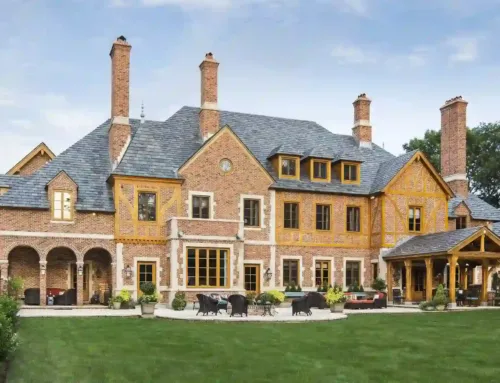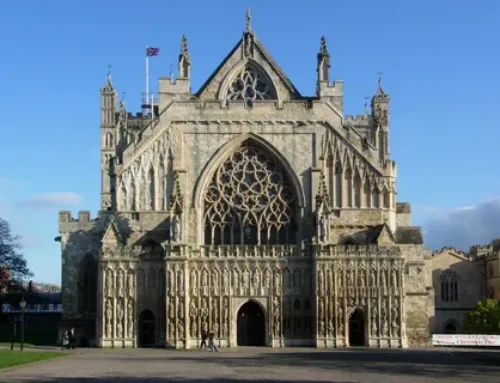Types of Textures in Architecture: Materials, Patterns, and Their Uses
Various types of textures help the architects to get the desired designs. Textures are important elements of the design for interior and exterior spaces. It enhances the visual appearance of the spaces.
However, textures in architecture come with different patterns and materials. It is up to you which one you choose for your spaces. In this blog, we are going to explore all the types of textures.
EXPLORE THE FUNDAMENTAL TYPES OF TEXTURES IN ARCHITECTURE, ITS ESSENTIAL MATERIALS, PATTERNS, AND USES THAT PROVIDE BEAUTY TO THE SPACES!
Understanding Architectural Texture
Texture in architecture is the feel and look of the material on the surface. You can consider it as the skin of the building.
This quality of the surface gives a desired atmosphere to the room. Our senses are also directly related to it.
However, it influences how the building feels to the touch. Plus, how light and shadow interact in it. Because of this, texture provides depth and contrast to any architectural design. Professional artists provide realistic Architectural Rendering Services to the clients.
If you want to visualize your buildings before the texturing process. You can get renderings and make the right decisions for your space. From patterns to colors, it all depends on your choice.
Primary Categories of Architectural Texture
Visual Texture
Visual textures include patterns that can be seen only.
- Wallpapers designed with faux wood grains or brick patterns.
- The texture is perceived purely visually from polished surfaces and façades that reflect an image of the surroundings, distorted or otherwise.
- Surfaces can be made to feel more dynamic through the use of patterned repetition and other forms of tessellation.
- Screens and sculptural façades can be designed to change with the time of day. Perforated screens, for instance, are more responsive than solid ones, creating a dynamic artistic impression.
Tactile Texture
Tactile textures include the physical qualities of building materials. They can be touched and felt. It can be:
- Smoothness of glass
- Roughness of brick
- Graininess of wood
Material-Based Textures
Natural Textures
Natural textures are obtained directly from nature. They can be stones, wood, or marble. However, these materials have textural qualities.
If you talk about wood, they have unique patterns from tight rings to swirls of burl wood.
If we talk about stone, they have natural mineral types. This creates beautiful services when they are polished smoothly. You can outsource Architectural Modeling Services to a reputable company and achieve your desired designs.
Industrial Textures
Artificial textures I made from factories with unique patterns. They are designed by humans. It includes:
- plastic items
- mica
- glass
- decorative laminates
Well, modern manufacturing techniques allow for:
- Brushed finishes
- Textured glass with embedded patterns
- Precast concrete panels with intricate relief designs
- Composite materials combining multiple textures
Pattern Types and Applications
Geometric Patterns
These patterns are based on geometric shapes. These are triangles, squares, or circles. This creates a repeated order in architectural surfaces. If you talk about the bold geometry, it consists of curved shapes in furniture.
Organic Patterns
Organic patterns are inspired by natural shapes. They consist of irregular patterns like leaf veins, etc. Nowadays, textures are inspired by nature. Expert architects use these through biomimetic designs.
Contemporary Texture Trends
Sustainability
Sustainability textures are made from recycled materials. This provides a good aesthetic look to the space. However, the contemporary texture trends emphasize the environmental features other than textural qualities.
Bold Colors and Statement Walls
Deep blues, dark greens, and reds are famous for textured finishes. These help to create walls that demand attention. Such walls convert the entire room with little effort. For this type of texture, metallic textures are quite famous. It is available from subtle shimmer to full-on reflective surfaces.
Functional Applications of Texture
Light Interaction
Texture provides visual depth by creating a contrast. Plus, it also enhances the way light touches the surfaces.
Low-angle morning and evening light creates long shadows. It highlights surface details. The mid-day time flattens the features. However, the architects create spaces strategically to make the surfaces smoother.
Thermal Performance
Texture also provides thermal abilities. Rough surfaces absorb sound that is usually found in offices, auditoriums, and restaurants. Smooth and hard textures are suitable for reflecting sound.
Thermal mass in textured concrete balances temperature fluctuations. Textured metal cladding can improve ventilation and reduce heat gain.
Conclusion
After analyzing different types of textures, it is clear that they enhance the visual look. As time passes by, texture remains one of the most important parts of the design. It helps to create beautiful and desired environments. It is up to you if you like textures with natural materials or others. However, it is better to understand all the types before making a decision. Keep in mind that the beauty of architecture not only depends on its forms. It also depends on how it feels by looking at the details. It is better to take help from an Architectural Visualization Company and get your desired look before investing a single penny.





